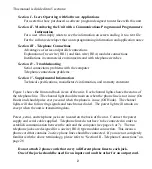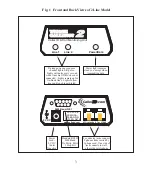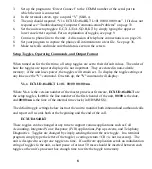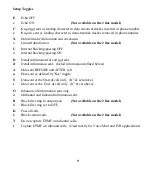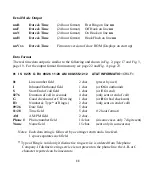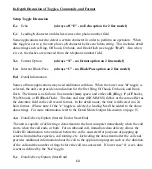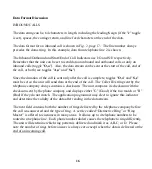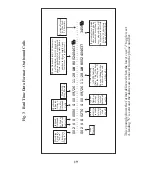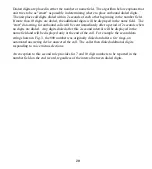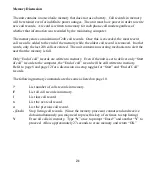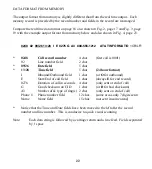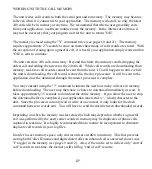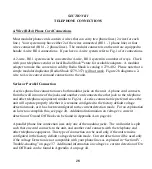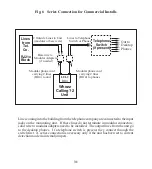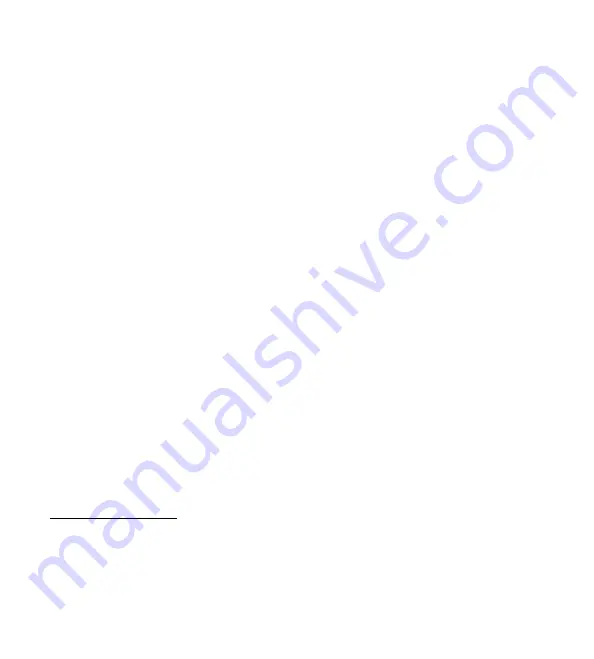
16
Data Format Discussion
INBOUND CALLS
The data string can be, 64 characters in length, including the leading
$
sign (if the "
c
" toggle
is set), spaces, the carriage return, and line feed characters at the end of the data.
The data format for an inbound call is shown in Fig. 2, page 17. The line number always
precedes the data string. In this example, data from telephone line 2 is shown.
The Inbound/Outbound and Start/End of Call Indicators use I/O and S/E respectively.
Remember that the unit can be set to send data on inbound and outbound calls or only on
inbound calls (toggle "
O,o
"). Also, the data stream can be sent at the start of the call, end of
the call, or both (see toggles "
A,a
" and "
S,s
").
Since the duration of the call is sent only after the call is complete, toggles "
O,o
" and "
S,s
"
must be set so the unit will send data at the end of the call. The Caller ID string sent by the
telephone company always contains a checksum. The unit compares its checksum with the
checksum sent by the phone company and displays either "G" (Good) if the two match or "B"
(Bad) if they do not match. The application programmer may elect to ignore this indicator
and determine the validity of the data after reading in the data stream.
The next field contains both the number of rings delivered by the telephone company before
the call was answered and the type of ring. A service called “Distinctive Ring” or “Ring
Master” is offered to customers in many areas. It allows up to 4 telephone numbers to be
routed to one phone line. Each phone number dialed causes the telephone to ring differently.
The unit will determine which ring pattern is delivered and mark it as A,B,C, or D. Please
note the number of rings before answer is always zero except when the data is delivered at the
end of an incoming call.
Summary of Contents for WHOZZ CALLING 2
Page 49: ...44 ...
Page 55: ...50 ...
Page 56: ...3107 D Medlock Bridge Road Norcross GA 30071 800 240 4637 770 263 7111 Caller com ID ID ...

